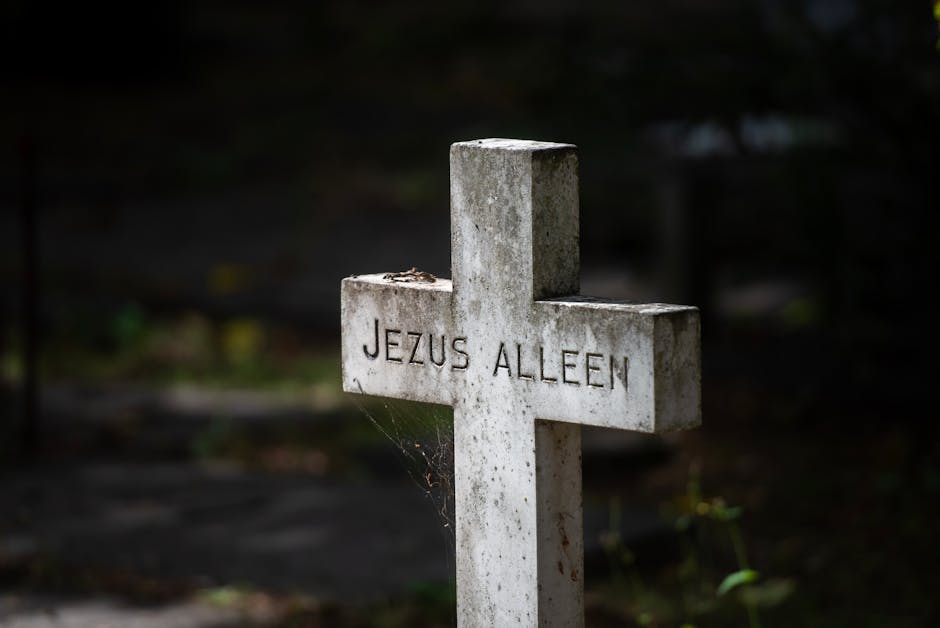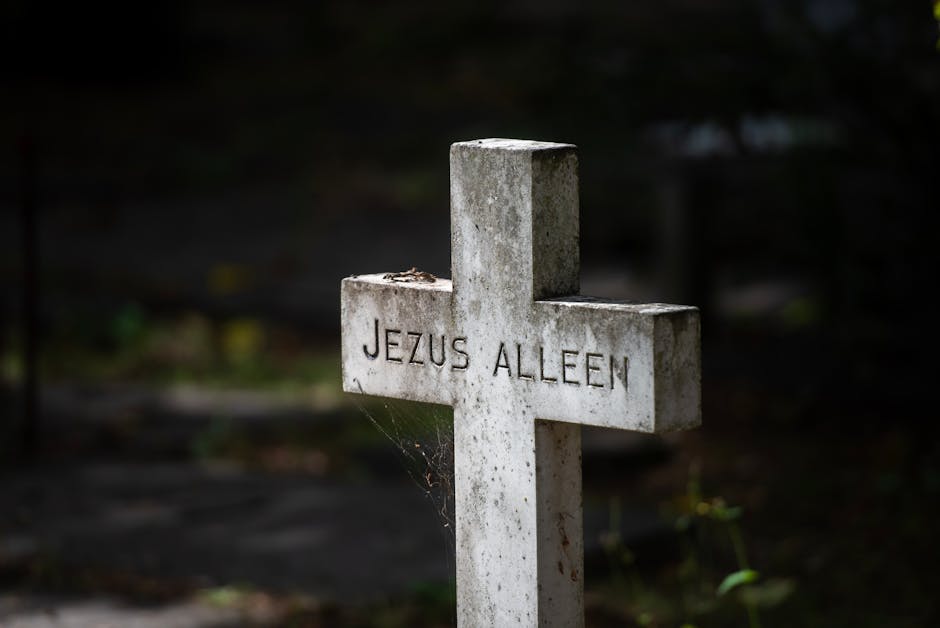Memorial Day: More Than Just a Long Weekend – Understanding the True Meaning and Significance
Memorial Day, a federal holiday observed annually in the United States on the last Monday of May, holds a profound significance far beyond the three-day weekend many associate it with. While barbecues, sales, and family gatherings are common occurrences, the true heart of Memorial Day lies in honoring and remembering the men and women who died while serving in the United States military.
The Origins of Memorial Day: A Nation’s Grief and Remembrance
The precise origin of Memorial Day remains a subject of debate, with several towns claiming to be the birthplace of the tradition. However, the spirit behind the day – a communal act of remembrance for fallen soldiers – unites these competing narratives. In the aftermath of the American Civil War, the nation grappled with immense loss and the need for a unified process of mourning. Communities across the country began holding ceremonies to decorate the graves of soldiers with flowers and flags, symbolizing respect and remembrance. These spontaneous acts of commemoration gradually coalesced into the formalized holiday we observe today.

The practice of decorating graves evolved throughout the late 19th and early 20th centuries. Initially, these commemorations were largely local affairs, driven by the specific needs and experiences of individual communities. The post-Civil War era saw a surge in these activities, driven by the staggering number of casualties. Over time, the growing need for national unity and a common space for mourning fueled the push for a standardized, federally recognized holiday.
From Decoration Day to Memorial Day: A Formal Recognition
Initially known as Decoration Day, the holiday slowly gained momentum, becoming increasingly formalized and nationally recognized. The exact date of its official recognition is also debated, but by the early 20th century, many states had formally adopted it as a holiday. In 1971, President Richard Nixon signed legislation that officially declared Memorial Day a national holiday, to be observed on the last Monday of May, consolidating the previous inconsistencies across different states.

The Symbolism of Memorial Day: Flags, Flowers, and Silence
The symbolism associated with Memorial Day is rich and deeply meaningful. The ubiquitous American flag, flown at half-staff until noon, represents the ultimate sacrifice made by the fallen soldiers. The transition to full-staff at noon symbolizes the enduring spirit and legacy of their courage. The use of flowers, particularly poppies, is a powerful visual reminder of the lives lost, turning somber graveyards into poignant displays of remembrance.
The tradition of a moment of silence, often observed during Memorial Day ceremonies, emphasizes reflection and contemplation. It provides a space for individuals to personally honor those who have sacrificed their lives for the country. This period of quiet reflection is a critical component of Memorial Day’s overall purpose, fostering a sense of shared grief and understanding across the nation.
Beyond the Graves: Honoring the Fallen in Diverse Ways
While decorating graves remains a central aspect of Memorial Day, the ways in which we honor the fallen have evolved to encompass a broader range of activities. Parades, ceremonies, and memorial services provide structured opportunities for communal remembrance and reflection. These events often include speeches, musical performances, and readings, aiming to encapsulate the multifaceted contributions and sacrifices of the fallen soldiers.
Many organizations and community groups dedicate Memorial Day to fundraising efforts for veterans’ organizations and initiatives supporting military families. These actions provide tangible support to those who continue to bear the legacy of military service and sacrifice. Volunteering at a veteran’s hospital or participating in events supporting military families are tangible ways to honor the fallen and demonstrate respect for the ongoing sacrifices of the military community.
The Importance of Education: Passing on the Legacy
Ensuring that the true meaning of Memorial Day transcends the superficial aspects of a long weekend necessitates a concerted effort in education and remembrance. It is crucial to actively engage younger generations in understanding the sacrifices made by fallen soldiers and the significance of their contributions to national security and freedom. This can be achieved through discussions in schools, family gatherings, and community events.
Sharing stories about individuals who have served and lost their lives allows us to personalize the abstract concept of sacrifice. Visiting war memorials and museums provides a visual and experiential understanding of the realities of war and the human cost of conflict. Educating ourselves and future generations on the history and sacrifices made by those who fought and died in defense of our nation ensures that their contributions are never forgotten.
Memorial Day: A Call to Action
Memorial Day is not simply a day off; it is a call to action. It is a reminder of the profound sacrifices made by our nation’s fallen heroes, and an opportunity for collective reflection and remembrance. Honoring their memories involves not only attending parades and ceremonies but also actively engaging in meaningful activities that support veterans, military families, and the preservation of historical accounts of military service and sacrifice.

By fostering a deeper understanding of the historical context and symbolic significance of Memorial Day, we can ensure that the true spirit of the holiday remains at the forefront of our national consciousness, fostering a culture of respect, remembrance, and appreciation for the sacrifices made in defense of our freedom.

